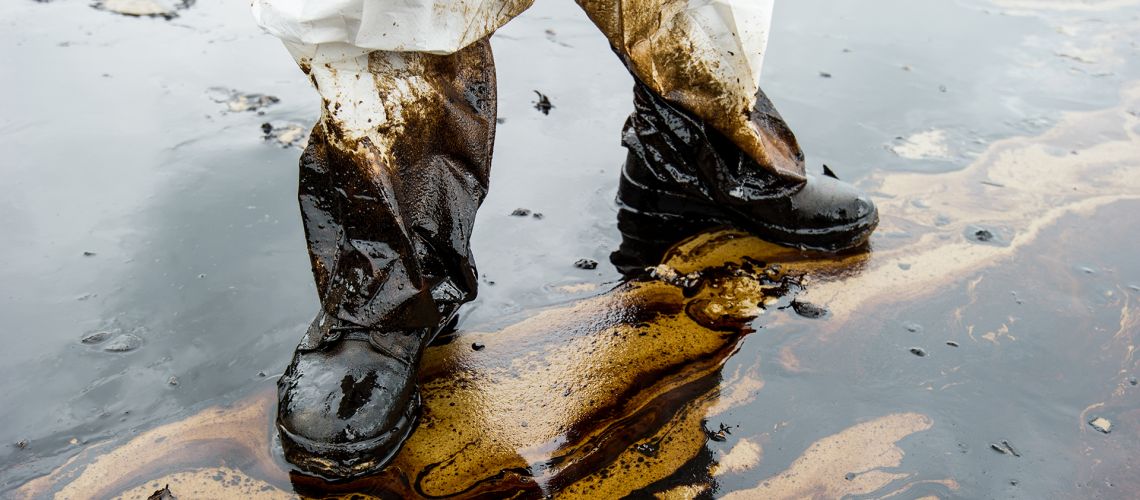Best Practices for Odour Control
Odours can have a severe and significant impact on humans and the environment. Therefore it is vital that all organisations with the potential to generate odours have best practice emission and odour control in place.
To learn more about the impact of industrial odours, visit our blog the importance of odour control.
In this article we examine common causes of odours and outline an approach to develop an odour management and monitoring plan.
Common sources of industrial odours
To effectively develop an odour management and monitoring plan, it is first necessary to understand the causes of emissions and odours. The following is not an exhaustive list, but the most common culprits are:
- Waste water & storm water: While odours can be generated throughout waste water collection systems, it is odours at waste water treatment facilities that tend to be the subject of complaints. Severe storms can add to the problem, if storm water disrupts odorous materials and carries them away to retention ponds.
- Solid waste management: Landfills and rubbish dumps where solid waste is allowed to build up are facilities which certainly need to take odour abatement measures.
- Fugitive emissions: Unintended or peripheral emissions that can be from a wide variety of sources are referred to as fugitive emissions – for example operations associated with small oil petrochemical and gas facilities.
Developing a comprehensive odour management and monitoring plan
An odour management and monitoring plan can act as both a statement of intent to manage odours on site, as well as an instruction manual for management and employees that can be consulted whenever necessary. A good plan will integrate odour management into daily routine, so procedures for the management of potential odour issues become second nature to site staff.
Development and implementation of an effective odour management and monitoring plan should include the following stages:
1. Identifying the odour control requirements
All facilities and operations should be audited to identify potential sources of odour, the manner of discharge, and the frequency of emission (constant, intermittent or occasional). Based on these findings, a detailed plan should be created. The plan should cover odour avoidance, odour control, and odour mitigation strategies for any site operations that have been identified through the audit as having potential to omit odours.
2. Establishing best practice processes
Best operating techniques should be incorporated into standard operating practice (SOP), including all preventative maintenance requirements. Training requirements should be established, and clear protocols put in place to cover all potential scenarios, such as odour complaint response procedures.
3. Record keeping
All issues and control efforts need to be recorded and documented, so that it can be called upon in the case of public enquiries and licensing reviews. Failure to produce accurate records could lead to costly fines and the revocation of licenses, so the importance of record-keeping cannot be overstated.
4. Ongoing odour monitoring
Establish ongoing monitoring requirements and internal checks to evaluate the systems and create a detailed odour monitoring plan. Monitoring plans should include why monitoring will take place, the form of monitoring that will take place, the frequency of monitoring, as well as assessments against any emission limits permitted by your licence. Monitoring can take many different forms, including:
- Emissions monitoring
- Sniff testing of ambient air
- Meteorological monitoring using airfield and MET data
- Complaints monitoring
- Odour diaries
- Surrogate chemicals or process parameters
5. Installing appropriate solutions as required
Once all site requirements have been assessed, and plans have been created and documented, odour solutions can be deployed.
Some of the most common solutions include:
- Air scrubbing systems to remove particulates and gas from industrial exhaust streams
- Photoionisation systems to disinfect and remove odours from contaminated air
- Activated carbon to soak up VOCs and other odorous contaminants from air
- Misting and dosing systems to encourage absorption and decomposition, and convert molecules into non-volatile compounds
- Odour control chemicals like hydrogen sulphides, mercaptan and ammonia – these are not odour control chemicals but rather compounds that cause odour. An example of a control chemical would be ammonium nitrate or calcium nitrate which help prevent odours associated with hydrogen sulphide.
In summary
Odour control remains an important responsibility for many industries. Depending on the source and cause of emissions, Enva can offer a wide range of odour abatement solutions working with you to identify the most appropriate for your needs. Visit our water services page for more information.

